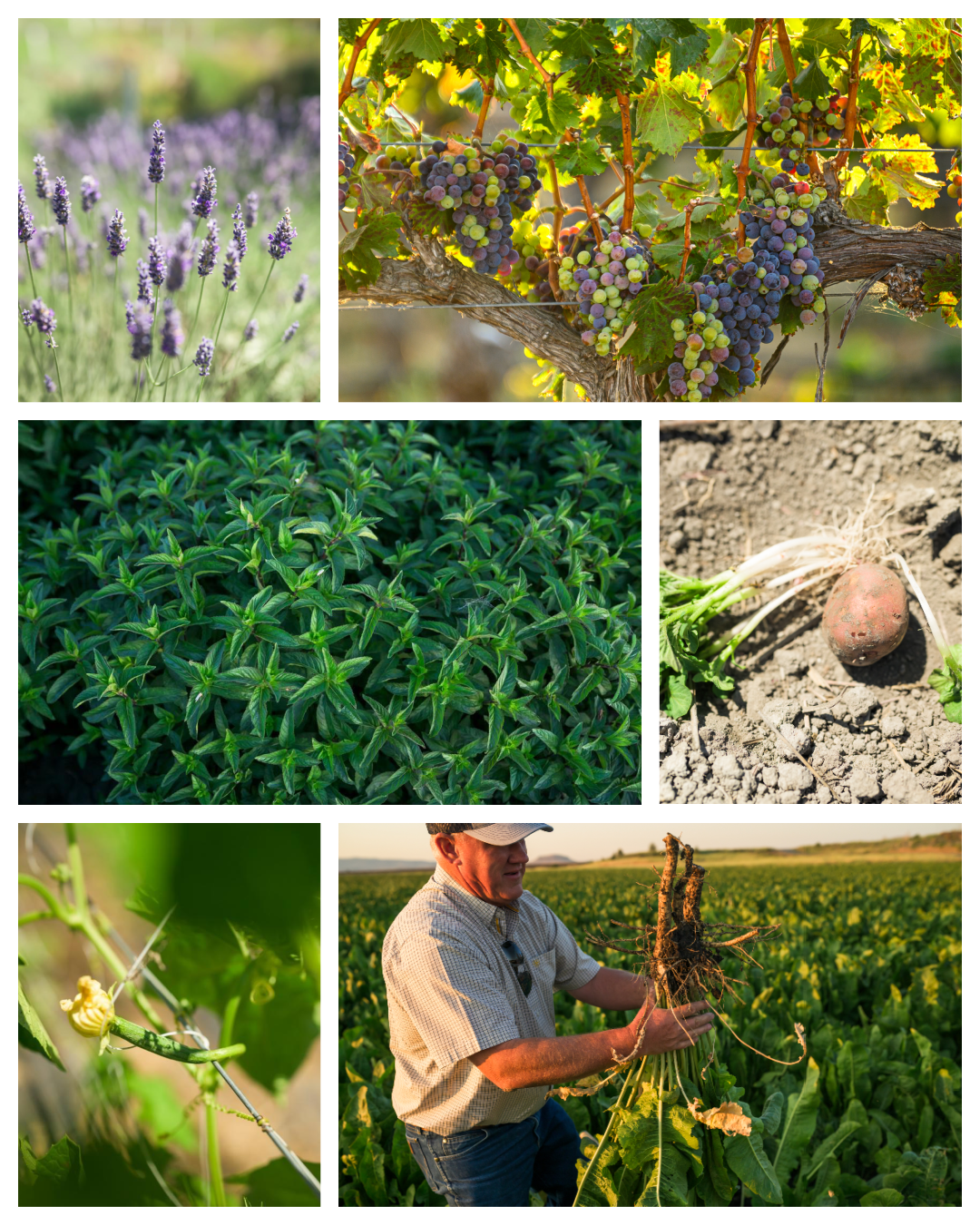6 Surprising Crops Grown in Far Northern California
To survive in the rugged northernmost part of California, resilience is required – for people AND crops. Discover six surprising crops that are grown in Northern California’s rural regions!
Most people associate Northern California with the Bay Area or Napa Valley – and many don’t realize that the region beyond San Francisco and Sonoma encompasses almost ⅓ of the state. As you head north, you encounter a more rural part of the Golden State – dotted with family farms and defined by rugged coastlines, craggy peaks and unique growing conditions. Let’s take a look at some of the crops that flourish in the northernmost part of the state.
Need help visualizing? Consider this: it takes at least 7 hours to get from San Francisco going north to the Oregon border!
Potatoes
California Grown potatoes are available year-round in the Golden State, thanks to our diverse climate and an impressive storage life. In Far Northern California, potatoes are harvested throughout September and October. When stored at carefully controlled temperatures and humidity levels, these potatoes meet consumer demand through March, when potato harvest begins in California’s desert region.
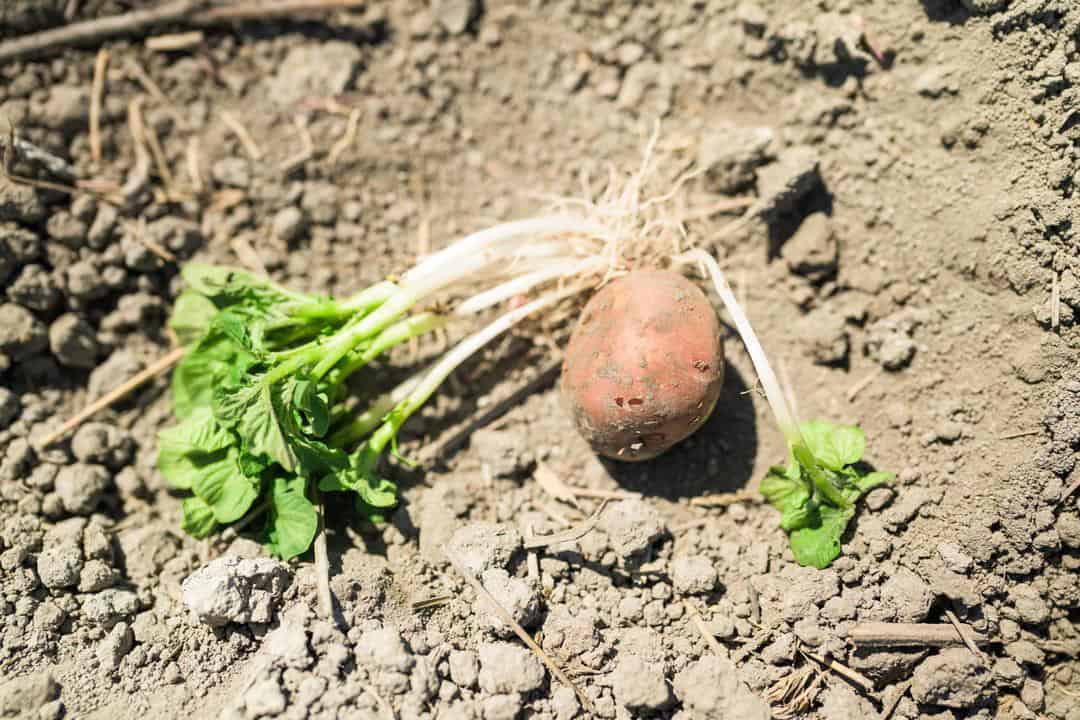
Meet a potato farmer
Marc Staunton grows potatoes in the Tulelake Basin. Learn how the area’s unique wetland rotations encourage a healthier crop!
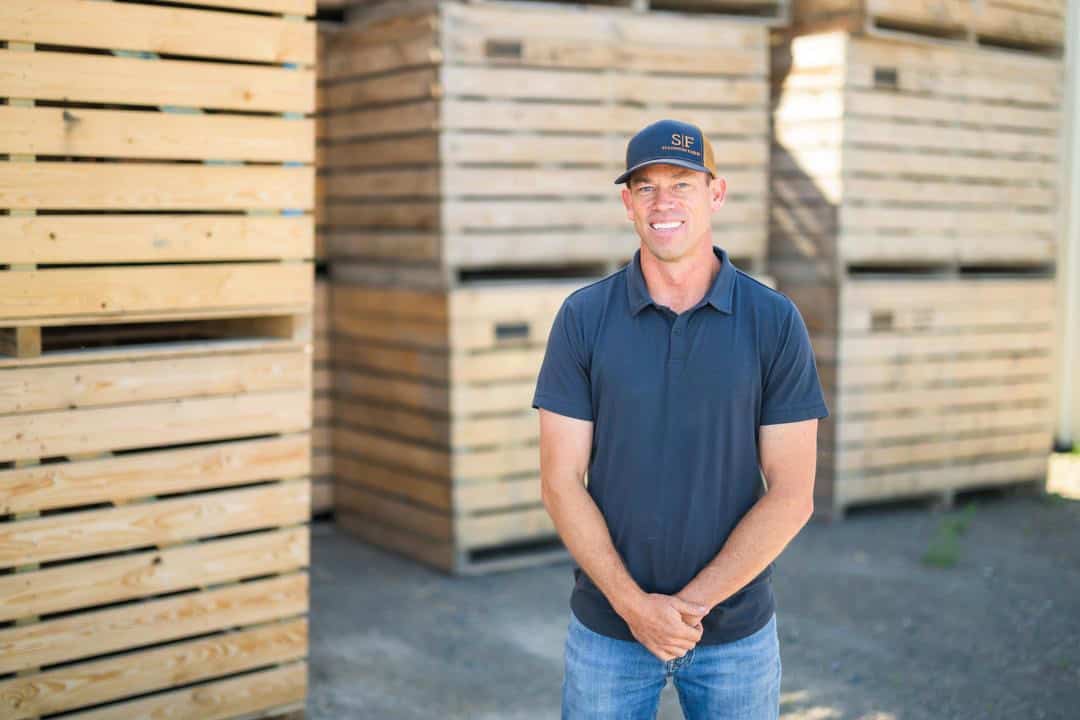
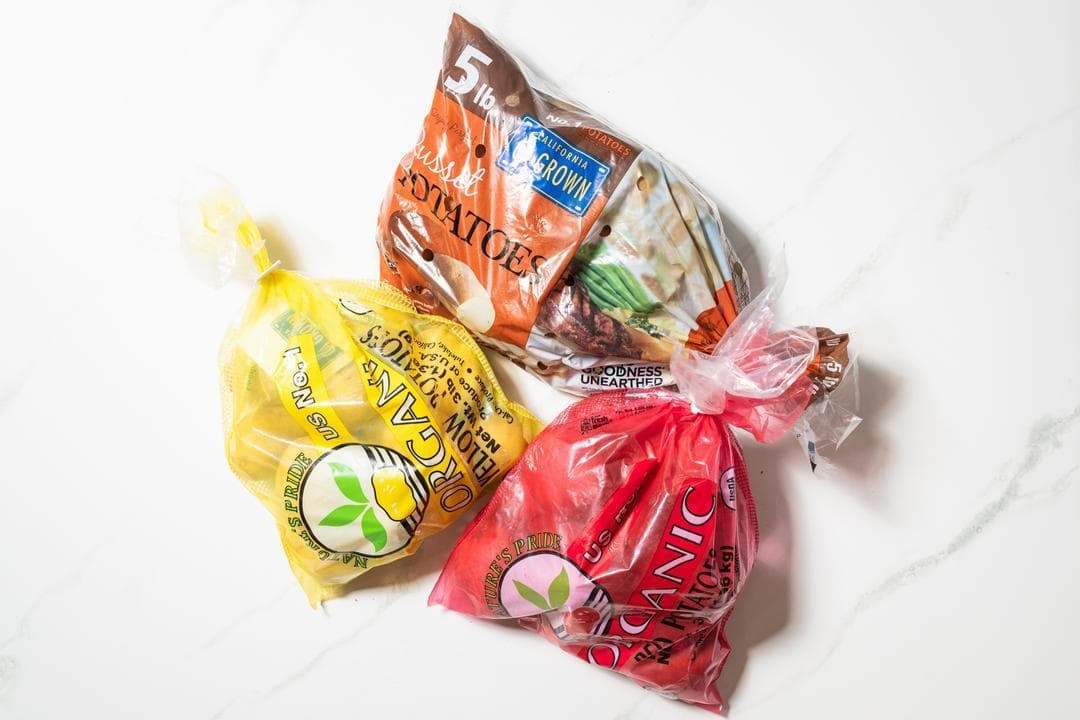
What happens after potato harvest?
How do potatoes get from the field to your table? We visited Cal-Ore, a Tulelake potato packing shed, to find out!
Tired of typical potato recipes? We gave a few classic recipes a California-style twist.
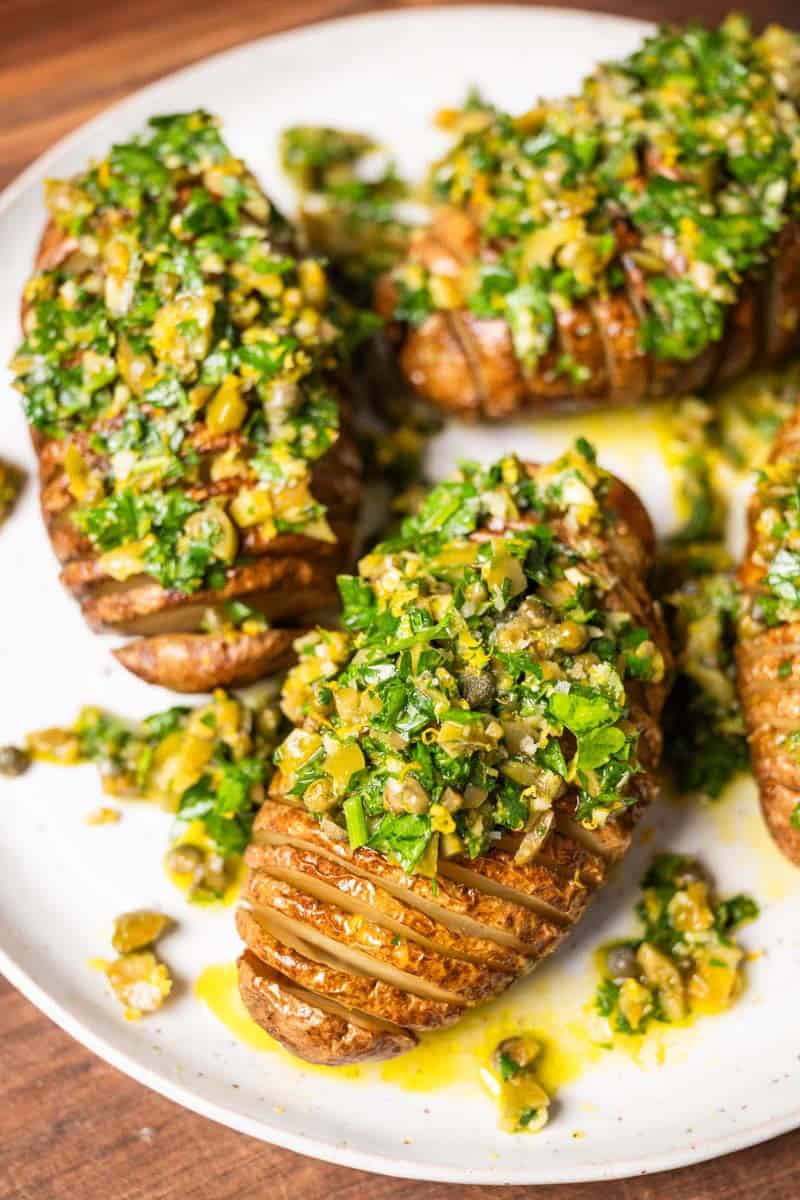

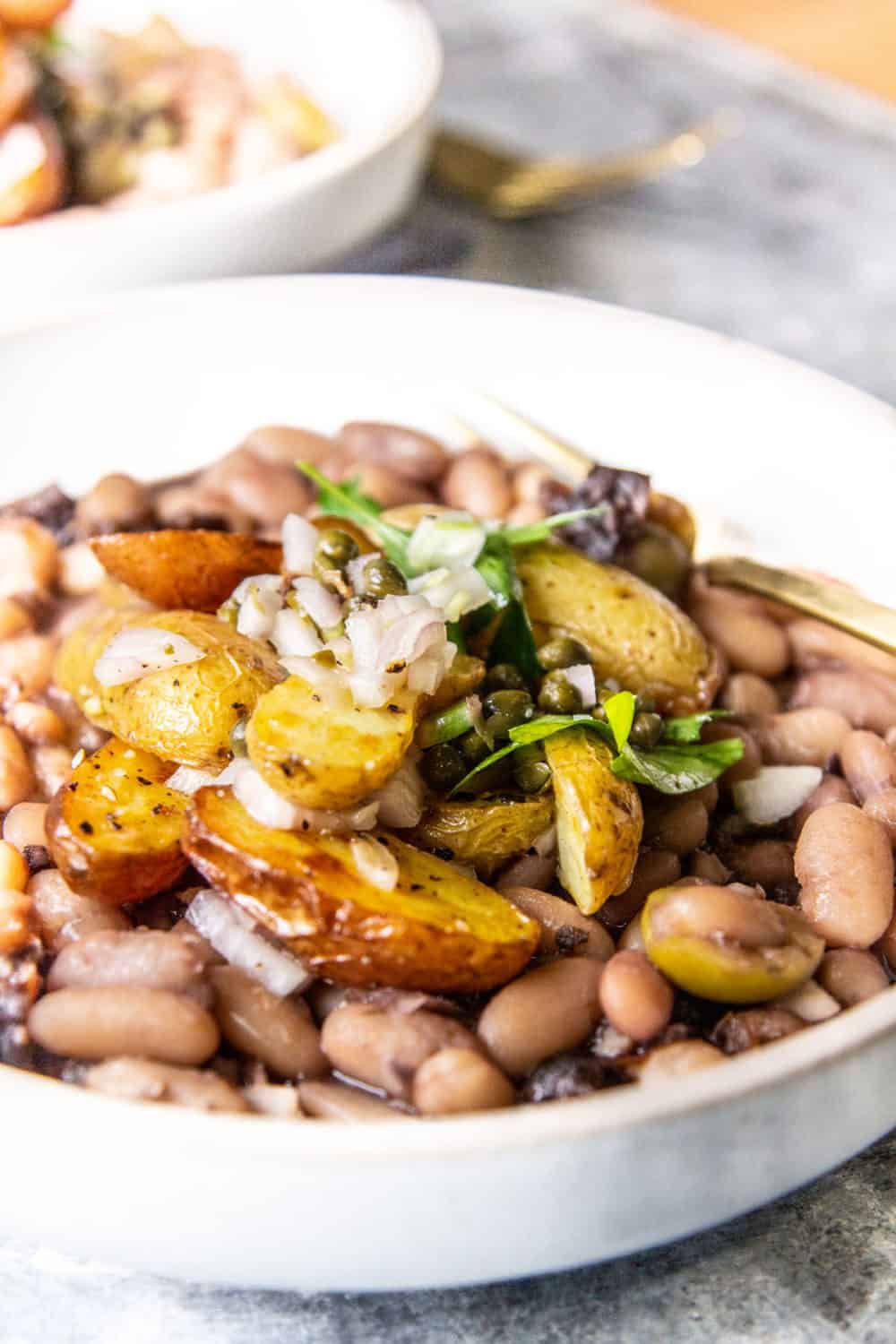
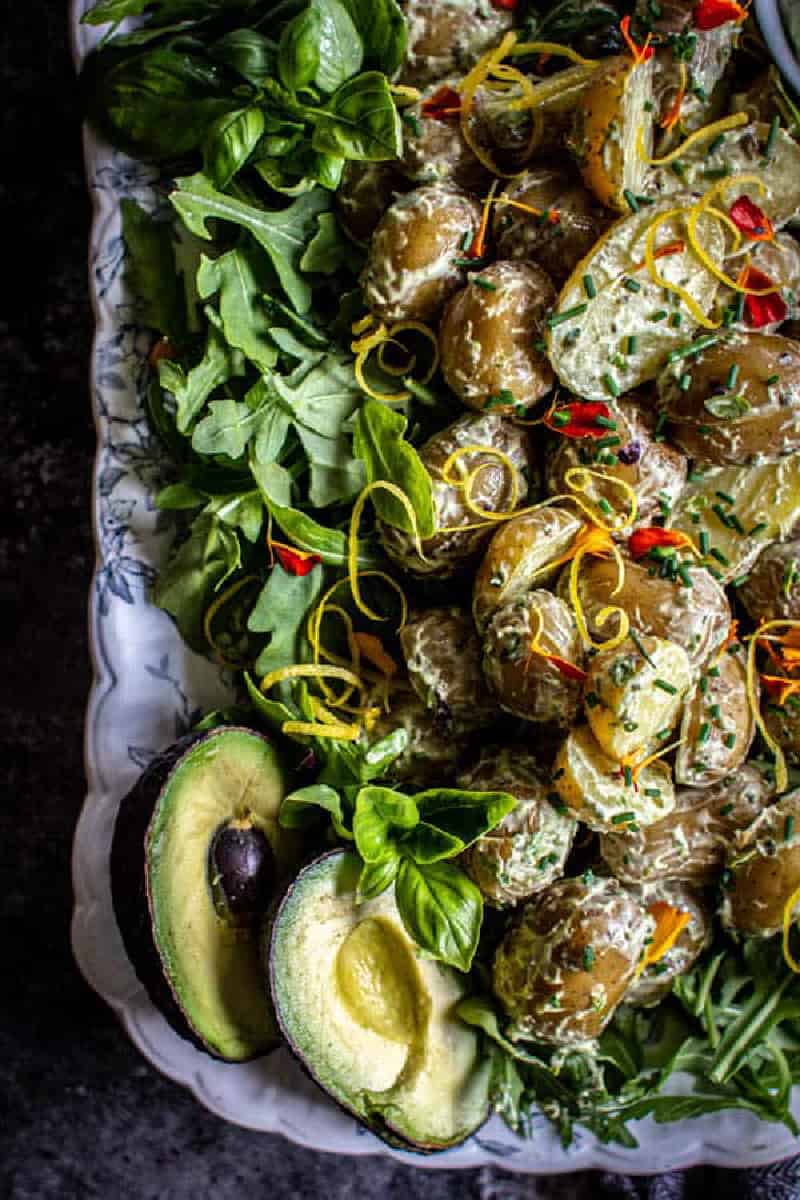
Loofah
We know what you’re thinking…”loofah”? And yes, loofah – the same kind you may or may not use to scrub your feet in the shower. Loofahs are actually the dried interior of the luffa plant, and they grow in Northern California at Moonbeam Farm. They are the region’s most well-known loofah producer, and in fact, Moonbeam Farms says they are one of the only sources for organic, heirloom loofah in the USA. Intrigued? Visit Moonbeam Farm from June through September and schedule a farm tour to learn more about how loofah is grown and harvested!
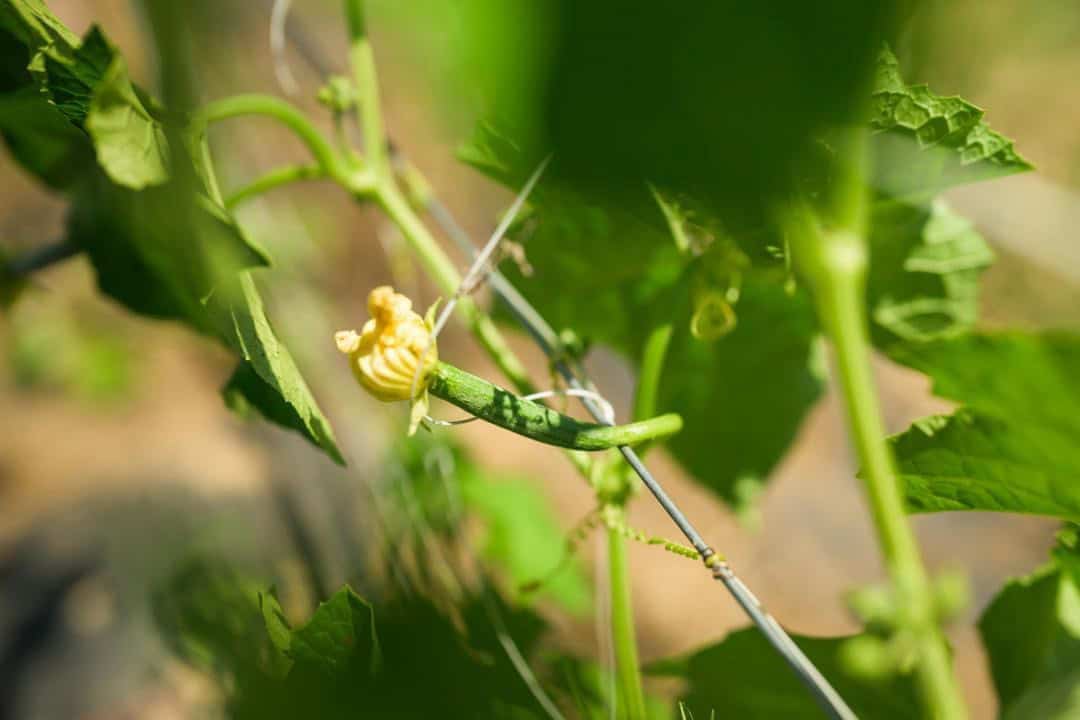
Loofah…more than just a shower scrub
While loofahs are a popular shower exfoliant, Caz Hansen, owner of Moonbeam Farms, suggests other uses for loofahs such as washing dishes, cars and windows. Caz also notes that her organic loofahs make an excellent dog chew. The fibrous texture helps to promote clean teeth and fresh breath!
Fun fact: Luffas are part of the gourd family, and related to pumpkins, squash and cucumbers! They’re edible when immature, but we don’t suggest ingesting the finished product.
Horseradish
Did you know that California farmers are responsible for ⅓ of America’s horseradish? Virtually all California horseradish is grown in Tulelake, a small town near the California-Oregon border. The spicy, pungent root vegetable thrives in the region’s high-elevation volcanic soil and cooler climate.
After harvest, the highest-quality horseradish roots are sold as “selects” – packaged whole and shipped to gourmet grocers, restaurants and even cruise ships. The remaining roots are stored at sub-zero temperatures until they are processed into prepared horseradish, the tangy white condiment often served with roast beef and used to spike cocktail sauces and Bloody Mary cocktails.
Learn more about how horseradish is grown in California

Try these recipes with CA GROWN horseradish
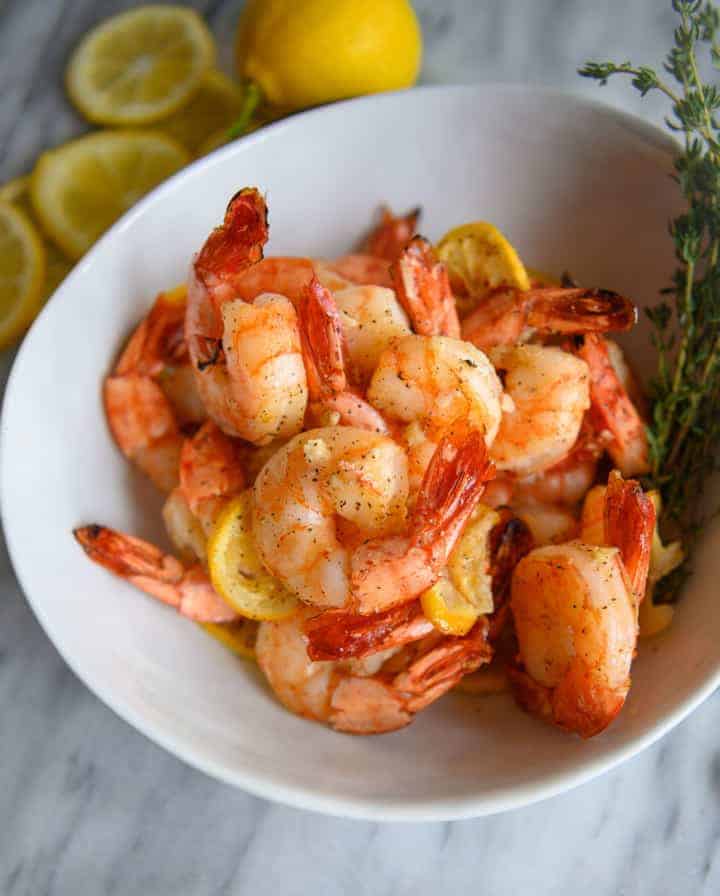
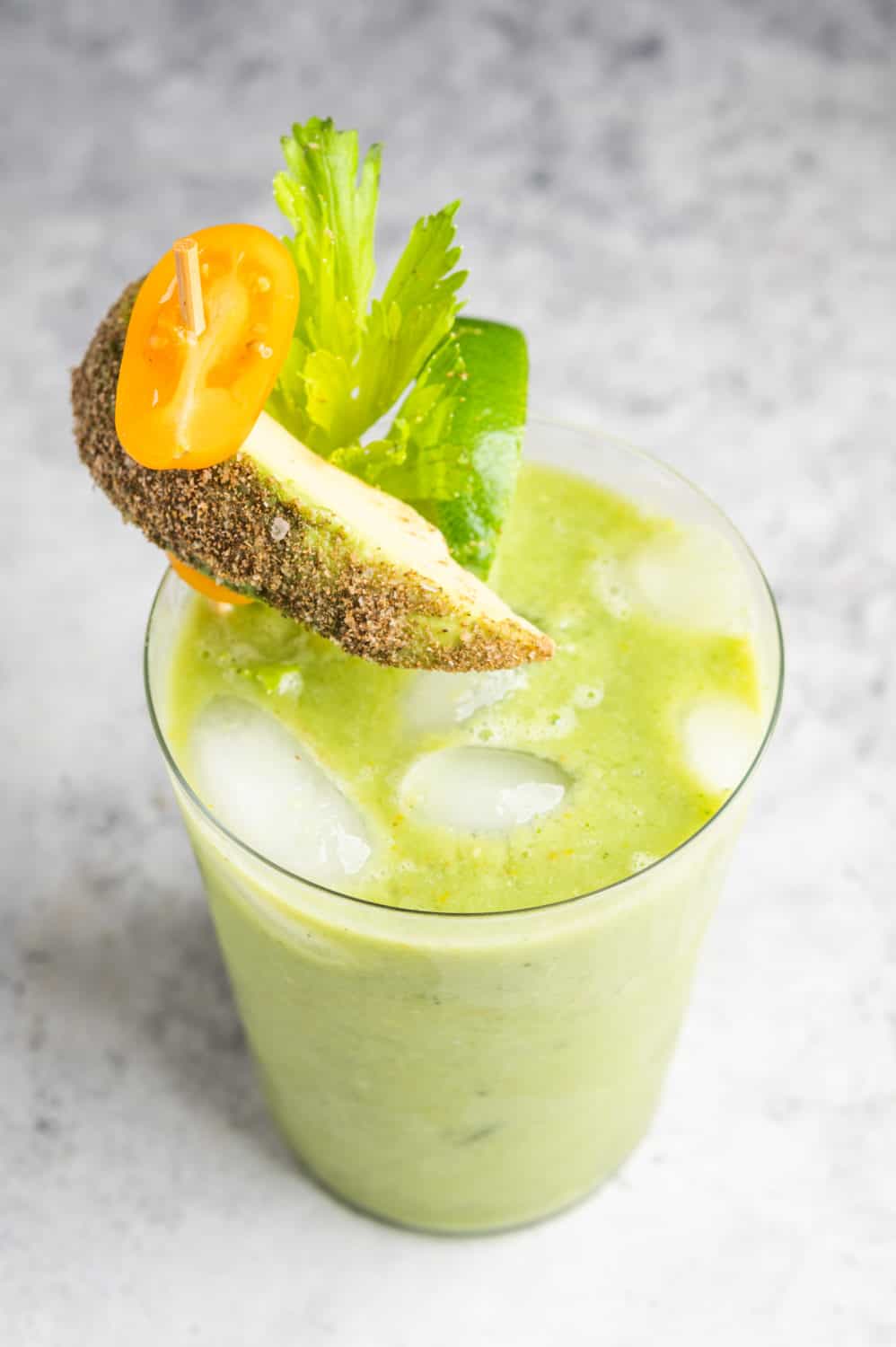
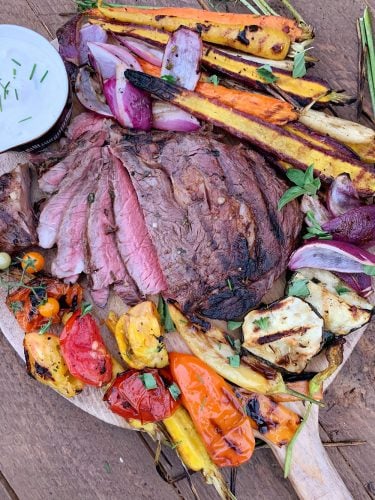
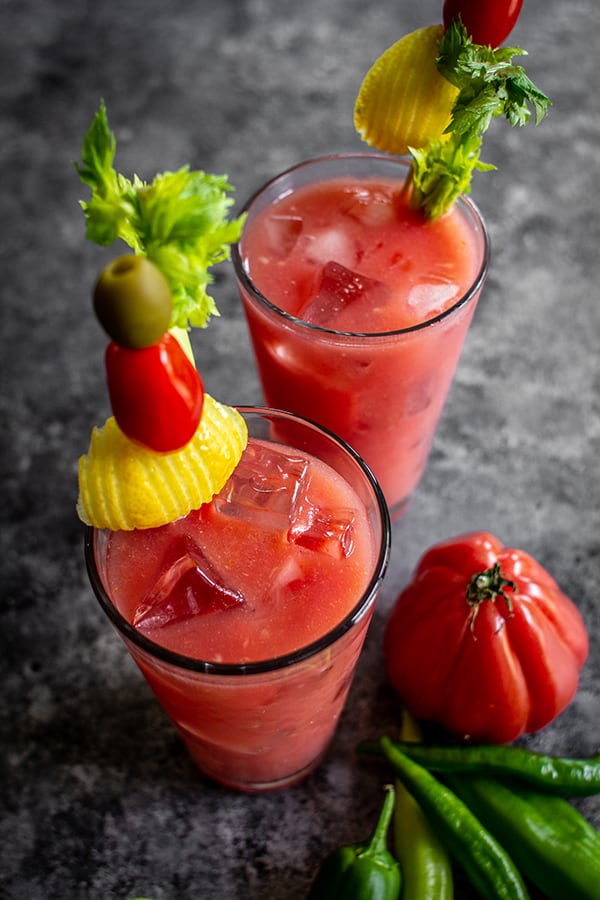
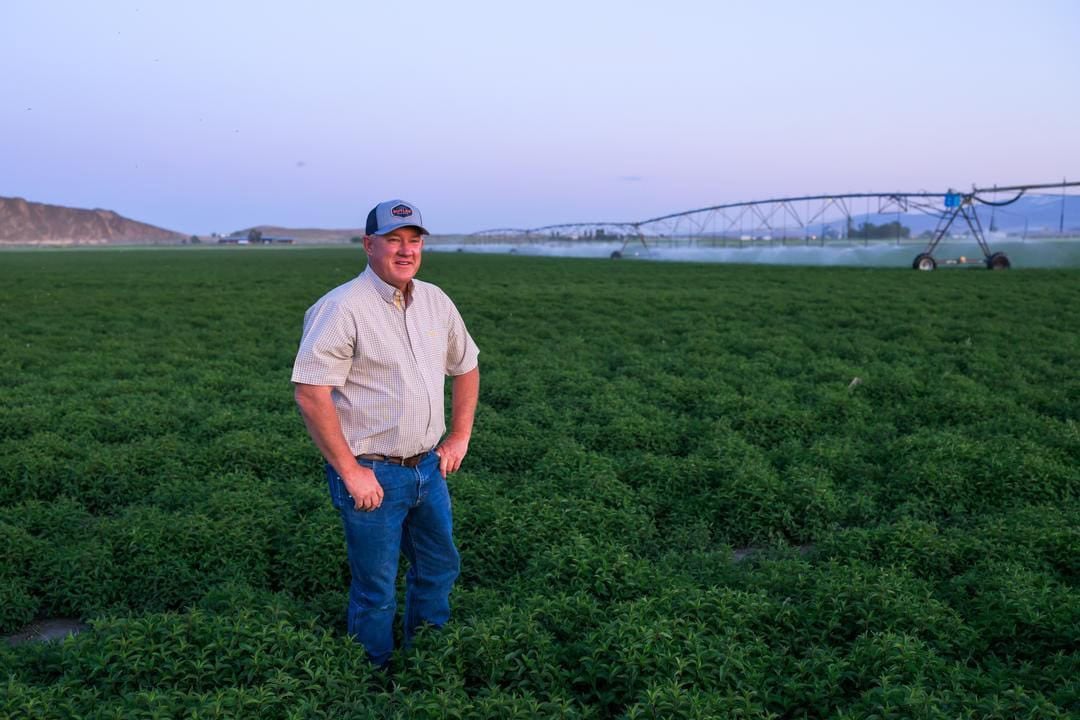
Meet a horseradish + mint farmer!
Scott Seus is a fourth-generation horseradish farmer. Learn more about how Seus Family Farms grows horseradish, mint and other crops in Tulelake, California.
Mint
Mint thrives in well-draining soil and craves consistent moisture and cooler temperatures. If you’ve been paying attention, you might realize that this description suits the Tulelake to a tee. In fact, the Tulelake Basin is one of two places where farmers grow mint commercially in California.
While mint is sold as a fresh herb, most mint grown in Tulelake is used to make oils and teas. The folks at Seus Family Farms explain that for the most part their organic peppermint will ultimately be used to make tea. After harvest, they leave the mint to dry and cure on the ground. After a few days, the harvest team collects mint leaves off the ground, separating them from their stems and tested for chemical residue before being transformed into a relaxing, minty beverage.
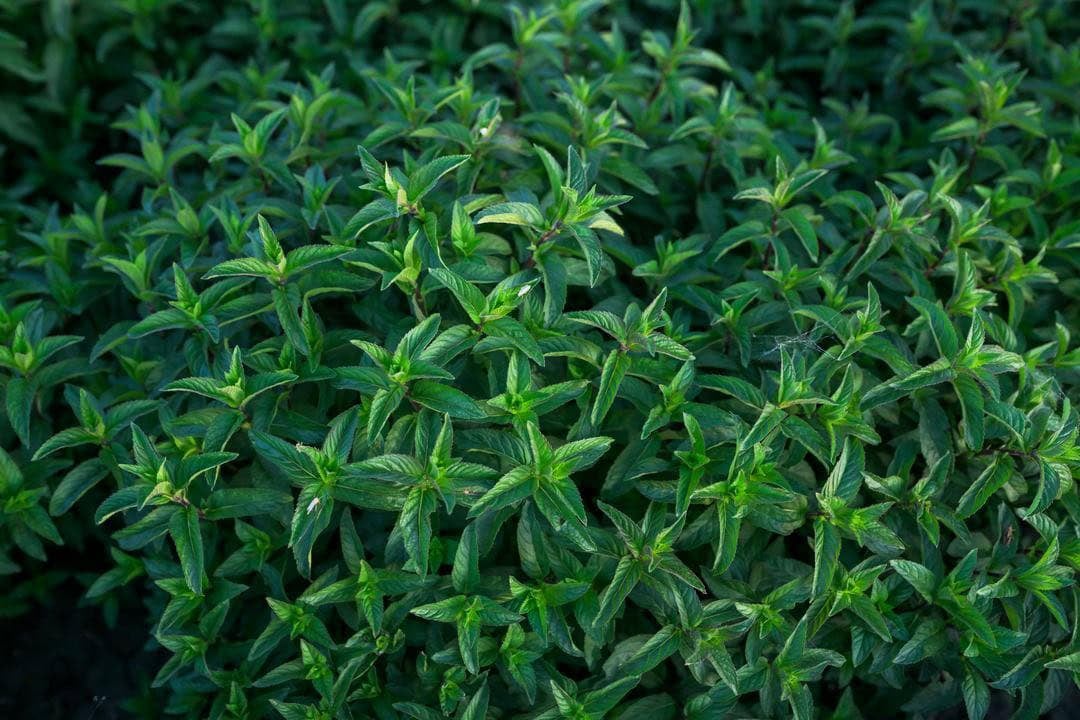

Peppermint vs. Spearmint
Peppermint and spearmint are closely related but easily distinguished. People often describe peppermint as “sharp” with an extreme minty flavor and refreshing cooling bite. Spearmint is a touch milder, with sweeter notes and mellowed-out menthol notes. Although peppermint boasts more acreage, farmers grown both peppermint and spearmint in the Tulelake Basin.
Check out a few of our favorite recipes featuring CA GROWN mint!


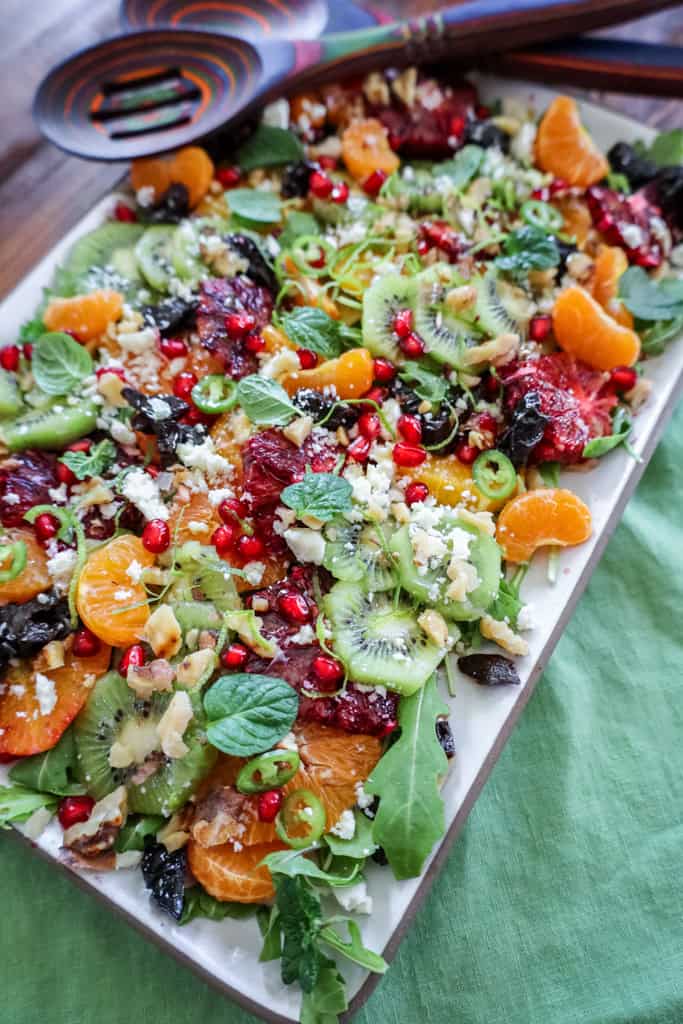

Winegrapes
California has earned quite the reputation for producing world-class wines, and people travel from all over the world to get a taste. Farmers grow winegrapes throughout the state, and Northern California is home to some of California’s most historic wineries. New Clairvaux Vineyards, a Tehama County winery, has roots dating back to 1844 – six years before California became part of the United States!
While the far northern part of the state doesn’t boast nearly as many wineries as Napa and Sonoma, you’ll still find smaller producers dotted throughout Gold Country and the Shasta Cascade region. So, grab a glass and enjoy lesser-known varietals and a relaxed ambiance while exploring the flavors of Far Northern California.

Discover Northern California’s under-the-radar wineries


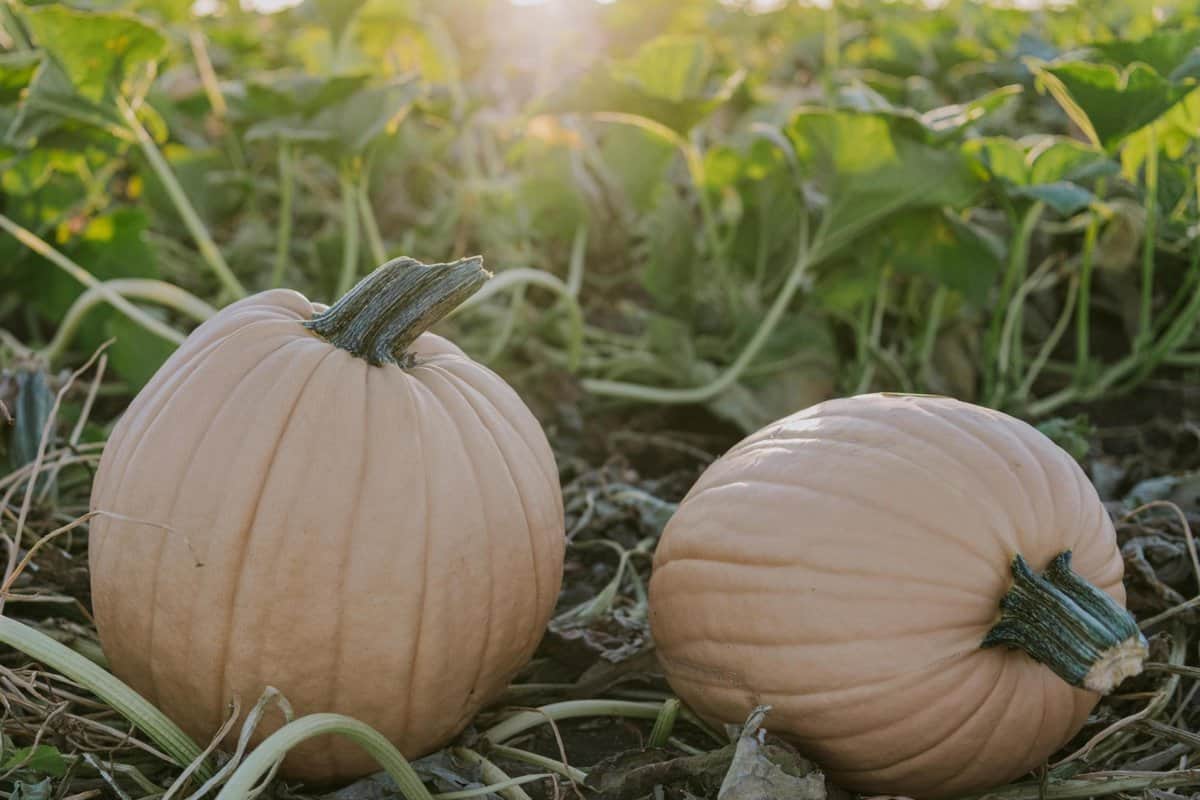

Lavender
If you’re visiting Northern California between June and July, plan on visiting a local lavender farm! Shasta County’s Lavineyard Farms showcases over 174 rare varieties of lavender plants and offers a u-pick experience along with various DIY classes. If you’re just passing through the area, Corning’s Moonbeam Farm is conveniently located right off Interstate 5. It’s the perfect place to stretch your legs, snap some pics and (literally) smell the flowers.
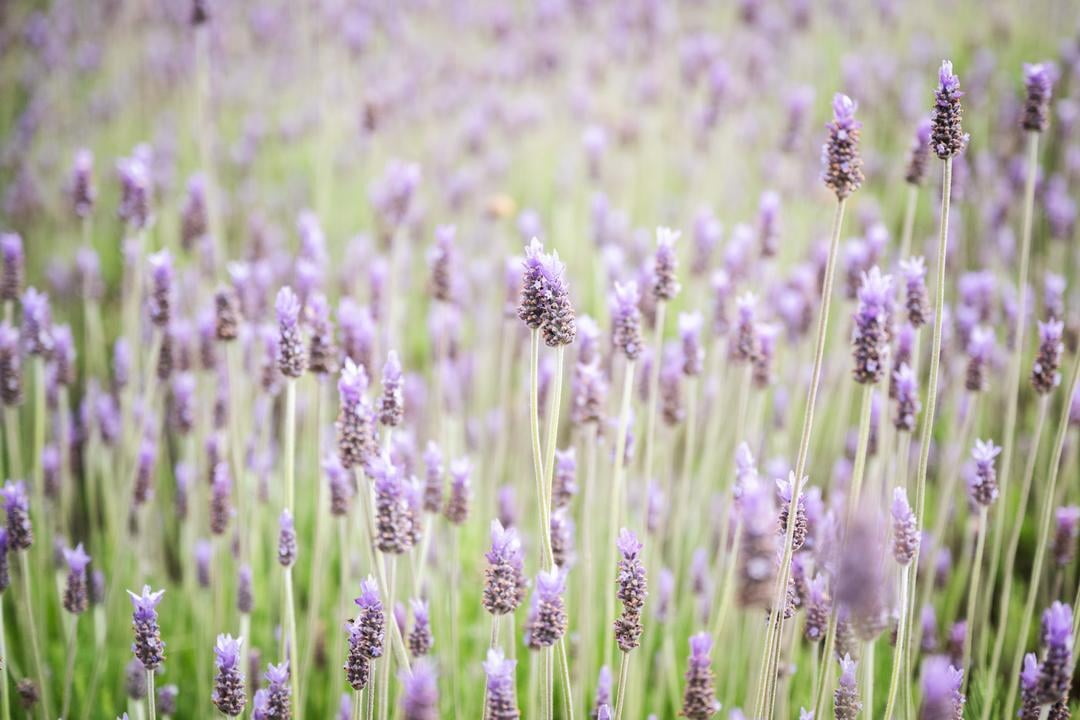
Try these dreamy desserts (and cocktails) made with CA GROWN lavender




Article by Hilary Rance. Photography by James Collier.

